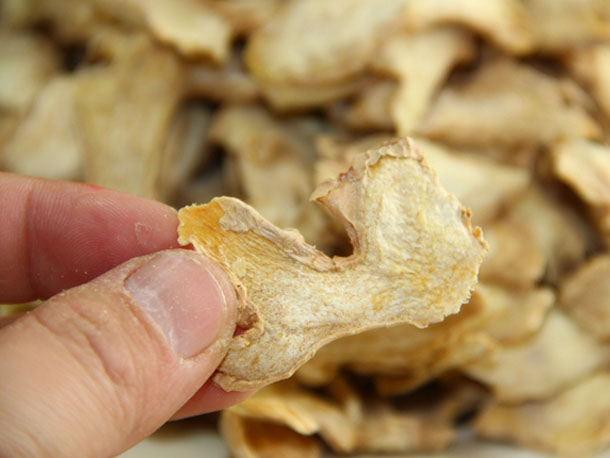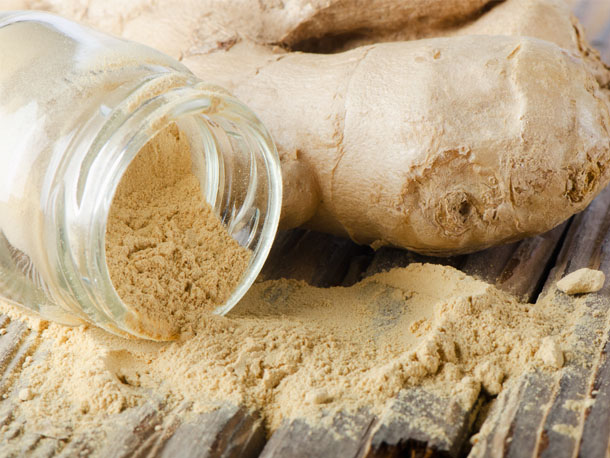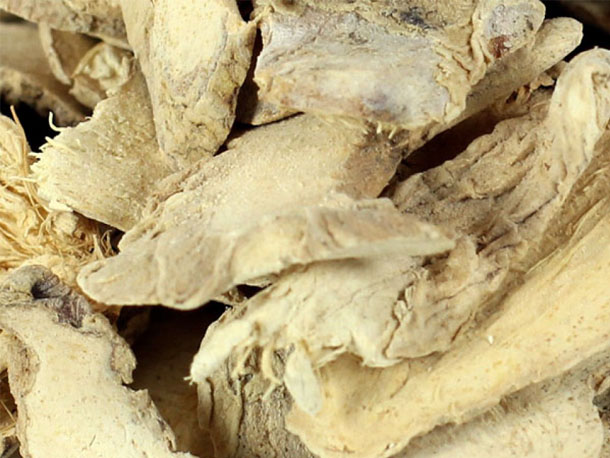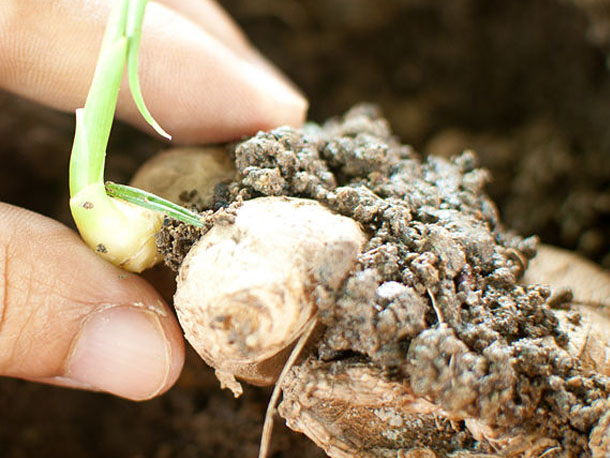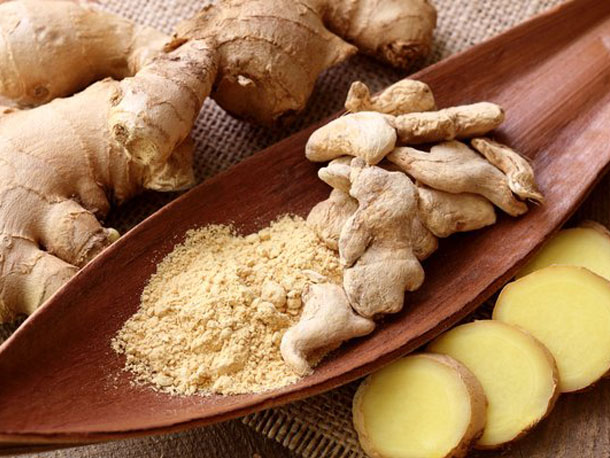Analysis: Ginger buyers try to assess market direction
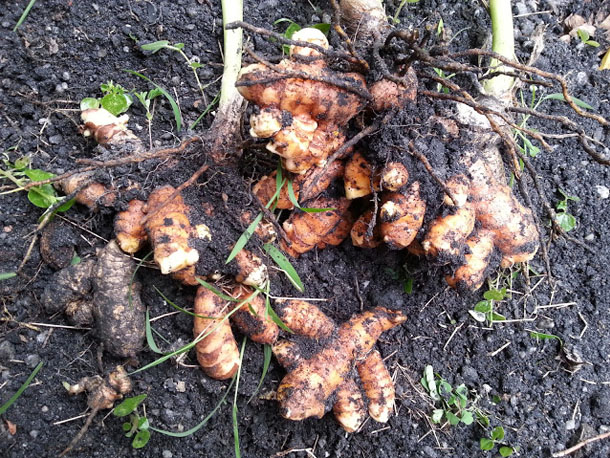
Global buyers of dried ginger are keenly trying to gauge the likely market direction over the coming weeks.
Arrivals from Nigeria’s latest crop are just starting and output is expected to be good. Further information is awaited on the outcome of China’s 2014 crop. Some trade sources have reported that China’s output is expected to be a similar level to that of last year, which implies a limited availability with the bulk of demand being for the fresh material.
Initial indications are for a favourable production in India in early 2015.
One Rotterdam trader said he was seeing current quotes on Indian whole sliced dried ginger of around USD3,000/tonne c&f.
Alexandre Bléneau of French trader Touton said he had also heard that China’s crop should be broadly similar to that of 2013 and that India was on track for a good crop. However, he cautioned: “The market at the moment is quite difficult to assess.”
One Rotterdam trader said the reports he had seen from Chinese exporters suggested that output would be limited – possibly close to that of last year or maybe slightly less. “Therefore prices remain quite stable, with the potential to even increase during the new season,” he added.
A contrasting, more detailed early assessment was made by a source at Hong Kong-based exporter Orient Resources Company.
“The new crop in south China – most of which is fire-dried ginger and thus not suited to the EU market due to high S02 (sulphur dioxide) – is largely normal,” the Orient Resources contact said.
Weakness in fresh ginger
The source added that the market for fresh ginger is weak. “This is because we saw sky high prices last season, less domestic demand from the north and news of falling prices overseas – especially in India,” he explained.
The source also noted that the trend of lower domestic demand is being seen in many products in China and could be related to the general economic situation.
In addition, the source said that processors prefer to trade fresh ginger in the market instead of taking the risk of the market fluctuation that lasts for about a week with dried ginger – the latter involving sourcing, washing, peeling, drying, packing and selling.
“We believe the crop and price picture will be clear next week and dried ginger will be available a week later – that’s about two to three weeks later than normal,” the Orient Resources contact added.
The Rotterdam trader said prices on Chinese sliced dried ginger varied from USD4,200-5,000/tonne c&f main European ports, depending on the grade and quality, while whole, peeled material of European standard was between USD5,000 and USD5,200/tonne c&f.
The Orient Resources contact said he expects Chinese dried ginger prices for the high S02 types to fall below USD4,000/tonne but not below USD3,000/tonne by the end of December. “The lowest prices should be seen in the last week of December or first week of January,” the source said.
Nigeria under way on new crop
On November 28, Robert Brandler of UK trader Tillbrook Products, told “The season (in Nigeria) has just started. Commercial quantities starting coming in over the last 10 days to two weeks.”
However, he cautioned that the initial pace of arrivals and buying interest have been slow and less than that of the same time a year ago. “People are not pouring in because there is not much direction to the market,” Brandler observed.
New crop arrivals in Nigeria are expected to increase over the course of this month. This is logical as exporters need to be sure the ginger is adequately dried following rains in early November.
Prices at local level in Nigeria remain high because all the ginger from the last season was sold out, this including material that would have been of lesser quality at the later stages of the season.
The Rotterdam trader observed that political unrest was making collections difficult in some areas of Nigeria and he felt that the affected areas would therefore show reduced arrivals.
Blair Coutts of UK trader Blair Impex explained that three weeks ago his contact in Lagos had indicated a price of USD2,300 per tonne c&f for Nigerian split dried ginger. Around November 26 the same contact had cited USD2,100/tonne c&f as the latest price indication.
Bléneau confirmed that the current indicative prices from Nigeria ranged from USD2,100-2,200/tonne c&f main European ports for December/January shipments.
Coutts recalled that this October prices from Nigeria had been around USD2,700/tonne c&f. With the new crop arrivals now under way he said he would not be surprised to see Nigerian prices ease to about USD2,000/tonne c&f on the basis that the country’s exporters of the item will want to generate sales and hence revenue.
In essence though there should not be major downward pressure on Nigerian prices as the origin is still much cheaper than China or India, Coutts noted.
In recent weeks a lot of buyers from Ethiopia and other East African nations have been purchasing new crop Nigerian dried ginger. Ethiopia itself is said to have had a poor crop and is therefore keen to make up the shortfall in its own volumes.
Strong start
Brandler recalled that prices had started high before easing slightly. On December 5, he added: “The latest information I have from yesterday is that the main buyers have now started pushing in the market so prices are back up again. It seems the price will remain above last year’s levels.”
Bléneau said that based on the information received so far it looks as though the global market should have a decent level of overall availability in 2015.
One UK trader said he was finding overall demand for ginger to be subdued of late. Nigeria had been exporting dried ginger directly to India, he observed.
Bléneau said Touton has received a lot of enquiries for nearby shipments and this should increase this month.
The Rotterdam trader said demand is picking up slightly but is not massive as the Christmas holiday period is approaching. “But there is still quite some demand to be covered so we expect demand to pick up in January and February for the various grades and origins,” he said.

